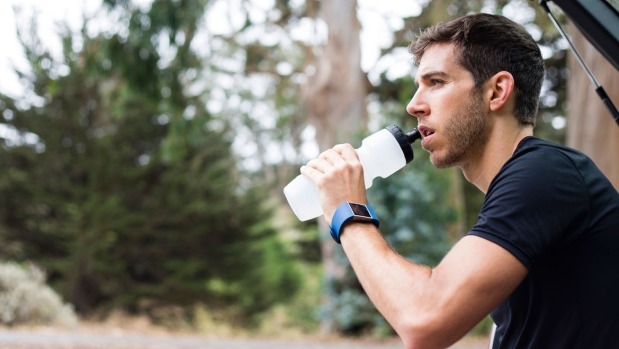
One million Australians will trial the government’s new e-health system in 2016, which will collate their medical records and make them available to health professionals, gym intsructers and even third party companies like Fitbit – the maker of wearable exercise tracking devices.
Health Minister Sussan Ley is set to reveal the trial of the new myHealth Record, which will cover patients in Far North Queensland and the Blue Mountains in NSW, in a speech to the Press Club on Wednesday.
In a sign that the Minister is on board with the innovation agenda being spruiked by Prime Minister Malcolm Turnbull, Ms Ley will tell the Press Club that consumers will be given “open source access” to their stored data.
The simple meaning of this is that consumers will have the power to choose who can see their records.
At a basic level patients may decide that only doctors and other heath professionals should be able to see their records.
But there will also be an option for consumers to decide to share their medical information more broadly.
For example, they may decide it is useful for a personal trainer to know which heart medication they are using, or for information about their sleeping patterns from a personal wearable device – like a Fitbit – to integrate with their medical records.
“What if you, as a consumer, were able to take your personal Medicare and Pharmaceutical Benefit Scheme data to a health care service; to an app developer; to a dietician; to a retailer and say how can you deliver the best health services for my individual needs?” Ms Ley will say.
“It’s a revolutionary concept in health – but it shouldn’t be – given it’s already happening with industries like finance across the globe.”
Ms Ley will use examples such as a doctor monitoring their patient’s blood pressure or insulin levels remotely using a smartphone app, or helping elderly residents to remain in their homes by offering more sophisticated digital communication tools, as other examples of how innovation should be embraced by the health system.
“This is what delivering 21st Government is all about and something I am keen to explore as Health Minister to better support the patients of this nation and give them greater control over their health and how they manage it,” she will say.
In a departure from the Labor government’s approach to e-health records, whereby patients had to sign up to the system, the Coalition is trialling an opt-out system. This means patients will automatically be on the system unless they elect not to be.
Fewer than one in ten people have signed up to the Personally Controlled Electronic Health Record – the Labor system that was announced in the 2010-11 budget and went live in 2012. In May Ms Ley said the government would spend $485 million to “reboot” the PCEHR, renaming it myHealth for a start.
